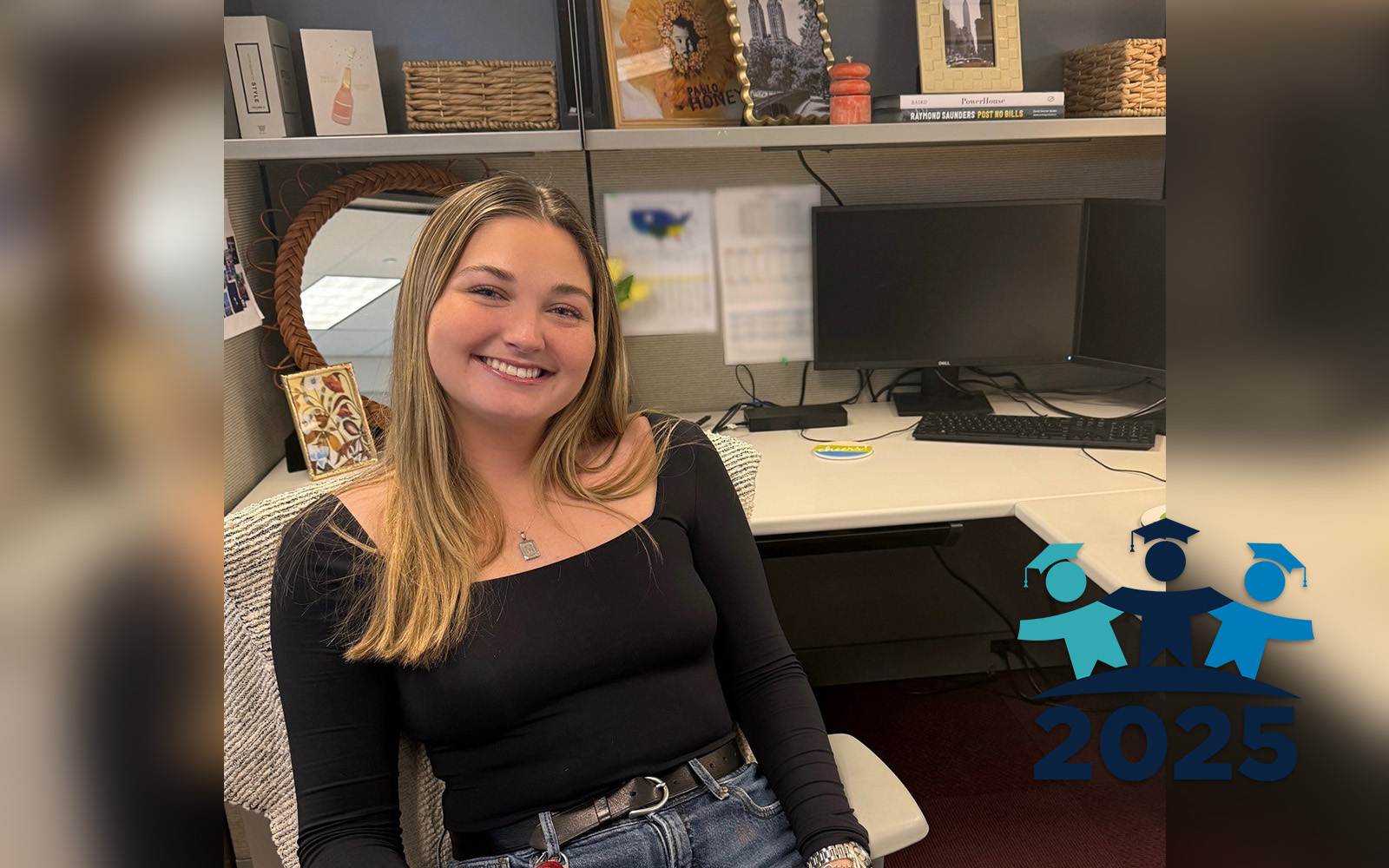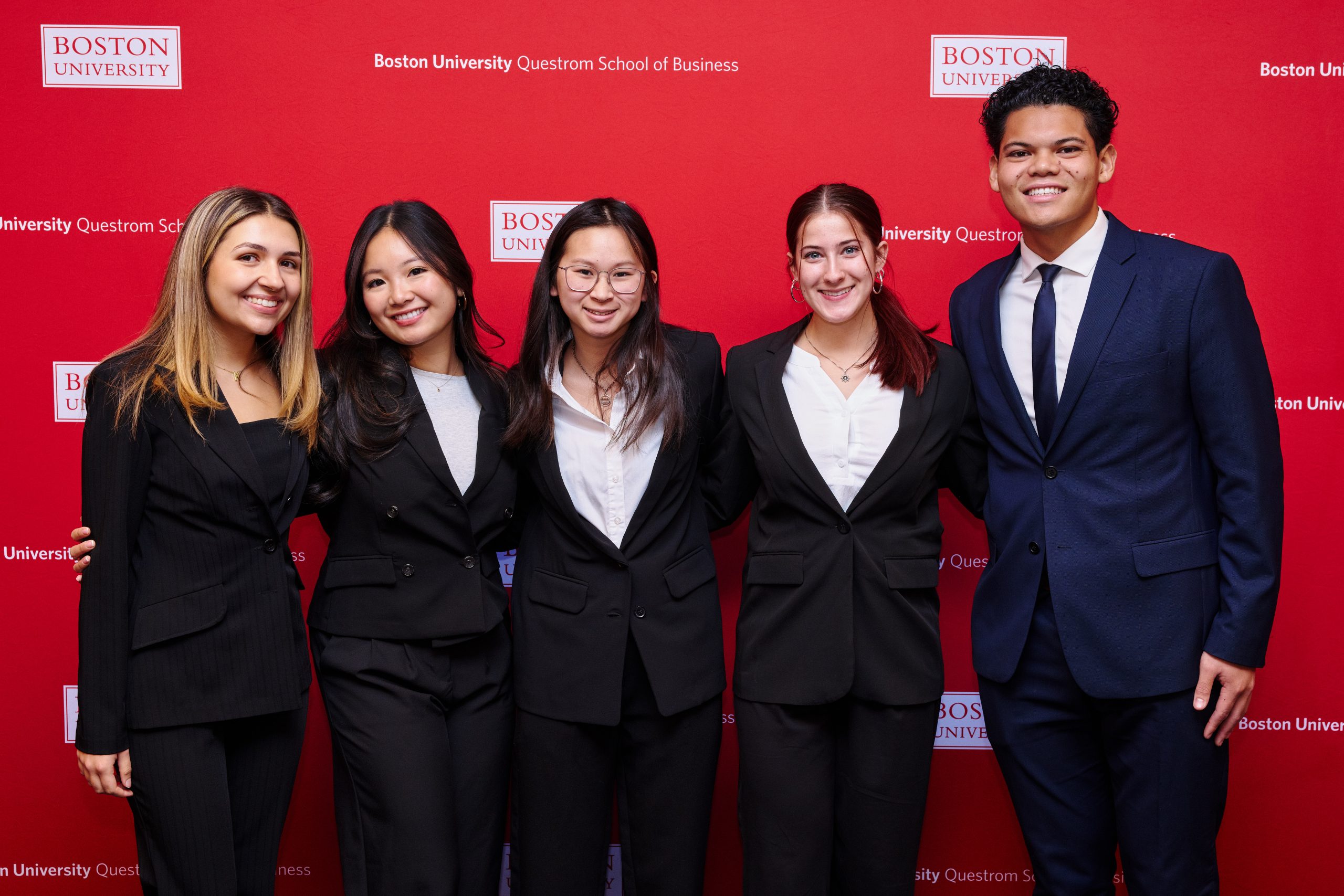Reprinted from Our Moment, with permission of the UConn Foundation
 During World War II, the U.S. government used a computer at MIT to calculate trajectories for battleship cannons. Get the trajectory wrong: the cannonball sank into the sea. Get it right, and an enemy ship exploded. John Lof was one of the graduate students at MIT who worked on that computer, and when he followed an MIT colleague to the University of Connecticut, he brought his newfound expertise with him. That was in 1952. He arrived at UConn as an assistant professor of electrical engineering, and over the years, watched as both technology and the campus expanded. Lof’s aims never changed, though. As director of the Computer Center on campus, he spent thousands of hours helping faculty, staff and students understand the use and usefulness of computers.
During World War II, the U.S. government used a computer at MIT to calculate trajectories for battleship cannons. Get the trajectory wrong: the cannonball sank into the sea. Get it right, and an enemy ship exploded. John Lof was one of the graduate students at MIT who worked on that computer, and when he followed an MIT colleague to the University of Connecticut, he brought his newfound expertise with him. That was in 1952. He arrived at UConn as an assistant professor of electrical engineering, and over the years, watched as both technology and the campus expanded. Lof’s aims never changed, though. As director of the Computer Center on campus, he spent thousands of hours helping faculty, staff and students understand the use and usefulness of computers.
At 94, he is still helping. He has left the UConn Foundation a bequest of $1 million–the sum total of his retirement benefits–for graduate education in the School of Engineering. When asked why he selected the University as the recipient of his bequest, he says in the eminently practical thinking of an engineer: “It’s not unreasonable to give back all of this retirement money. The University is getting back what the state has given me.”
Just as he pursued early computer technology–a groundbreaking concept to most–as if it were most predictable, he brushes off his generous gesture to the University as a perfectly common undertaking. Dean of Engineering Mun Choi recalls the day Lof entered his office and asked, “If I donate $1 million to the school, what would you do with it?” Without hesitation, Choi replied, “I’d use the gift to improve the vitality of our graduate education.”
Says Choi, “Our graduate programs are funded through competitive grants and fellowships, supplemented by endowments. Yet our graduates are tomorrow’s research pioneers and teachers, and a vital part of our legacy that will continue to grow. John, too, is an important part of our legacy: a professor of immense vision and sterling accomplishments in electrical engineering and computer science who continues to give back to the School of Engineering.”
Lof still has a space in the Computer Center, and has an extraordinary memory for the makes and models of computers that the University acquired over the years, from its first, a 1620–“the size of a kitchen stove”–to the next, a 7040, then across time and the technological landscape to today. He lives quietly in Storrs, tending his garden and keeping an eye on the local birds, a hobby he acquired after his met his wife Ruth, a bird enthusiast and accomplished bird bander. She was known to provide safe haven for birds who had forgotten to fly south for the winter, including a tiny hummingbird that one year had free reign of the house. Ruth Lof died in 1992, and in her memory, Lof also has left $100,000 to establish the Ruth and John Lof Fund for Natural History at the Connecticut State Museum of Natural History at UConn.
“I figure I’m fortunate,” he says. “Thirty years of retirement produces quite a lot of money. I hope it will be a benefit.”



